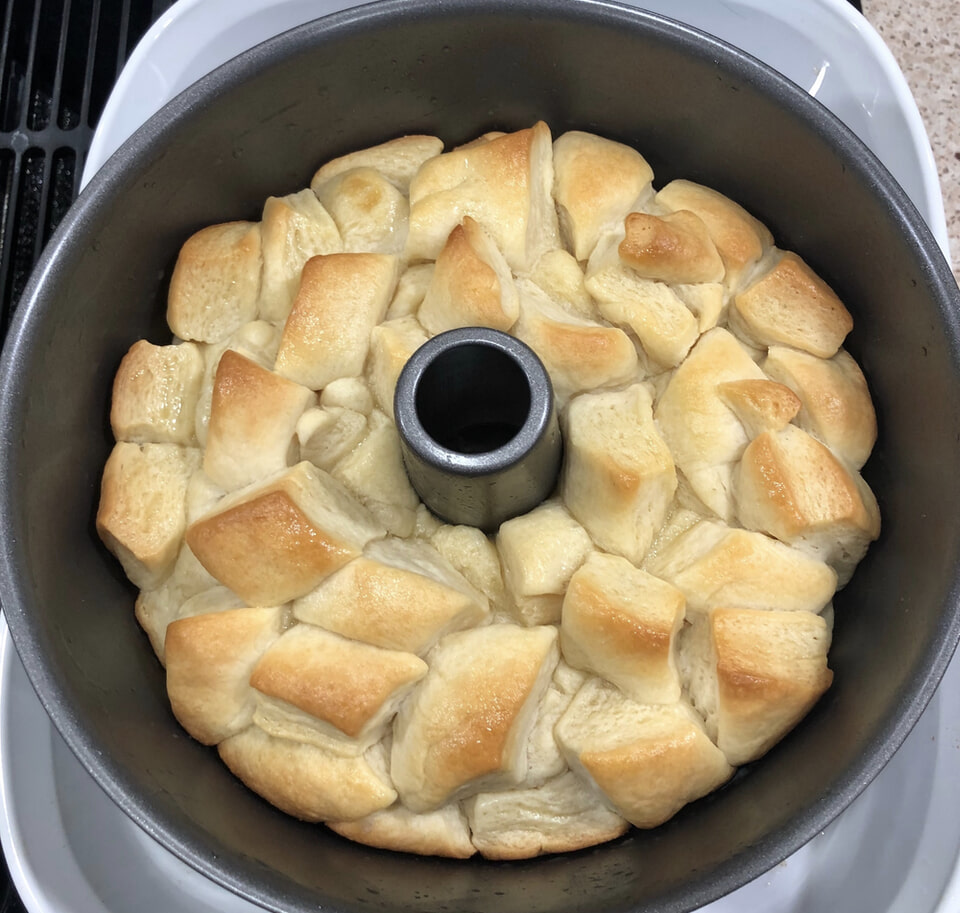My favorite holiday cookie recipes
My mother has been baking holiday cookies for as long as I can remember—at least 50 years and counting. Many years ago, she gave me a binder with her cookie recipes in it, which I basically ignored for a long time.
But in 2009, when our eldest daughter was six, I started making some each holiday season. And pretty much every year since then, I've made a batch of holiday cookies. Here's a sample plate of this year's batch*Click the image for a larger version with cookie names…
And as nice as it is having her written recipes, some complete with notes, I wanted to digitize them, for easier access. I also wanted to convert them from their use of the inane US-based measuring system to one based on weight in grams, which greatly eases preparation (assuming you have a good kitchen scale).
[continue reading…]








